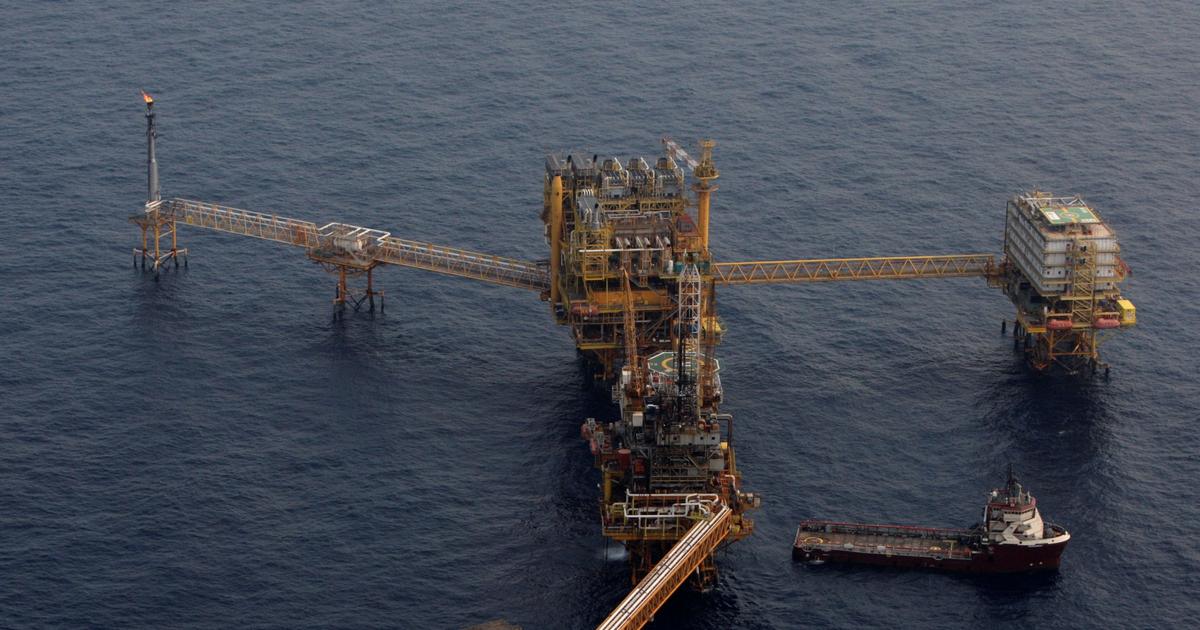Thanks to satellite observations, scientists have for the first time detected a significant leak of methane, a powerful greenhouse gas, from an offshore installation (at sea), according to a recent study.
This discovery is a new advance in the technological arsenal which makes it possible from space to identify the sources of the plumes of this gas which escapes from the fossil fuel industry.
Read alsoPollution still causes nine million premature deaths worldwide
The fossil fuel sector emitted almost 120 million tonnes of methane in 2020, almost a third of emissions linked to human activity, according to the International Energy Agency (IEA), which estimates that leaks of this climate-damaging gas could easily be avoided.
The new study published in the journal Environmental Science and Technology Letters was able to identify for the first time a plume from a gas and oil production platform in the Gulf of Mexico, which had released about 40,000 tons over a period of 17 days in December.
The platform, near Campeche in southern Mexico, is one of the largest in the country.
"
Our results show how satellites can detect methane contrails from offshore infrastructure,
" one of the authors Luis Guanter, from the Polytechnic University of Valencia, Spain, said in a statement.
“
This paves the way for systematic monitoring of industrial emissions from offshore platforms
,” he adds.
Methods for the satellite detection of methane leaks from land-based facilities have been widely developed in recent years, putting manufacturers in the hot seat.
However, the techniques available did not make it possible to identify the leaks from offshore installations, which represent approximately 30% of world production.
The ability of the oceans to absorb short-wave infrared actually limits the amount of light reflected and therefore detectable by satellites.
To overcome this problem, the research team managed to develop a new method to measure solar radiation reflected from the sea surface.
Methane is responsible for about 30% of global warming.
Although it stays in the atmosphere for much less time than CO2, it has 80 times the warming power over a 20-year period.
A reduction in methane emissions is therefore crucial to meet the objectives of the Paris Agreement to limit global warming to well below +2°C compared to the pre-industrial era, if possible +1.5° vs.
Read alsoFiji: the biggest threat is “devastating climate change”
At the UN climate conference COP26 in Glasgow in November, more than 100 states committed to reducing methane emissions by 30% by 2030. But several major emitters, such as China, the Russia, Iran or India had not signed.

